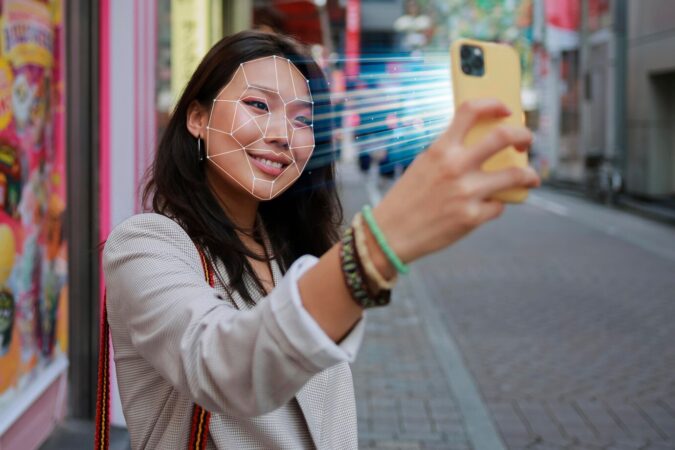
HowToForYou.com – In the ever-evolving theater of digital trends, a new spectacle has taken center stage—AI-generated action figures, crafted from nothing more than a selfie and a few typed prompts. At first glance, the trend feels harmless, whimsical even. But behind the glossy, Barbie-style packaging lies a deeper, more insidious reality: an unprecedented data grab, wrapped in the glitz of viral entertainment.
A Trojan Horse in Your Camera Roll
What appears to be a playful spin on self-expression—users uploading their photos to become the star of a boxed figurine—has quickly become a sophisticated tactic to harvest vast amounts of personal data. These AI-powered platforms, operated by companies like OpenAI and others, require users not only to submit their faces but also contextual prompts: job titles, hobbies, affiliations, and personality traits.
The result? A voluntarily provided dossier of information that AI developers couldn’t have scraped from the open web. And all of it is done under the guise of “fun.”
The Shift from Consent to Complacency
The heart of the issue isn’t just about selfies—it’s about consent. Unlike traditional web scraping that passively collects data scattered across public profiles, these AI trends rely on active participation. By uploading your information to generate an image, you’re not merely using a tool—you’re providing legally exploitable input.
Luiza Jarovsky, co-founder of the AI, Tech & Privacy Academy, aptly labeled this mechanism a “clever privacy trick.” It circumvents stricter privacy protections, such as the European Union’s GDPR “legitimate interest” clause, by transforming users into willing participants. The consent is given not through a detailed, informed process, but via excitement and curiosity—two emotions frequently weaponized by the viral web.
A Slippery Slope of Self-Disclosure
The trend is more than a one-off novelty—it’s a data extraction strategy scaled across millions. Where the Ghibli-style AI trend first opened the floodgates, this new wave has refined the method: package the data collection in personalized entertainment and ensure it’s shareable. Social media feeds become showcases not just of creativity, but of harvested information—a self-initiated surveillance program with a filter and a ribbon.
Cybersecurity experts are sounding the alarm. Eamonn Maguire, Head of Account Security at Proton, warns that “sharing personal information opens a Pandora’s box of issues.” He notes that this isn’t simply about an image—it’s about what that image is paired with. AI systems can build complex behavioral and psychological profiles based on the data people submit. These profiles, in turn, can be used for purposes ranging from targeted advertising to more invasive forms of surveillance or manipulation.
A Data Breach Waiting to Happen
With the proliferation of such trends, AI platforms are rapidly amassing vast libraries of biometric and behavioral data. The security implications are significant. History shows us that even the most reputable AI companies aren’t immune to breaches. DeepSeek and OpenAI have already experienced data exposure incidents, raising questions about the security of information stored on such platforms.
In this context, a personalized action figure becomes more than a cute digital memento—it becomes a potential vector for identity theft, fraud, and even misinformation campaigns.
From Toy to Tool: The Hidden Strategy of AI Platforms
It’s tempting to write off these trends as fleeting fads. But they represent something more strategic: a new frontier in data acquisition, disguised as user engagement. With each viral challenge or interactive image generator, AI firms gain access to more refined, more human data—content that can train models, fuel algorithms, and power the next generation of personalization engines.
The real product is no longer the AI doll. It’s you.
What We’re Trading for Entertainment
In a digital world where encrypted messaging apps and VPNs offer a semblance of security, it’s ironic that users would so freely hand over intimate details to faceless algorithms. The juxtaposition is jarring: increasing anxiety over digital surveillance on one hand, and gleeful participation in privacy-eroding trends on the other.
This is not a call to abandon digital creativity—but rather a reminder to approach it with discernment. If AI companies have learned how to turn viral trends into voluntary data goldmines, then users must learn how to protect themselves from the illusion of harmless fun.
As Maguire notes, “There needs to be a change—before it’s too late.”
Final Thought
The rise of AI-generated dolls marks more than just another online craze—it signifies a turning point in how corporations interact with personal data. As generative AI continues to blur the lines between entertainment and surveillance, the question becomes not whether we can participate safely, but whether we understand the cost of doing so.
Because in this game, the price of admission might just be your privacy





